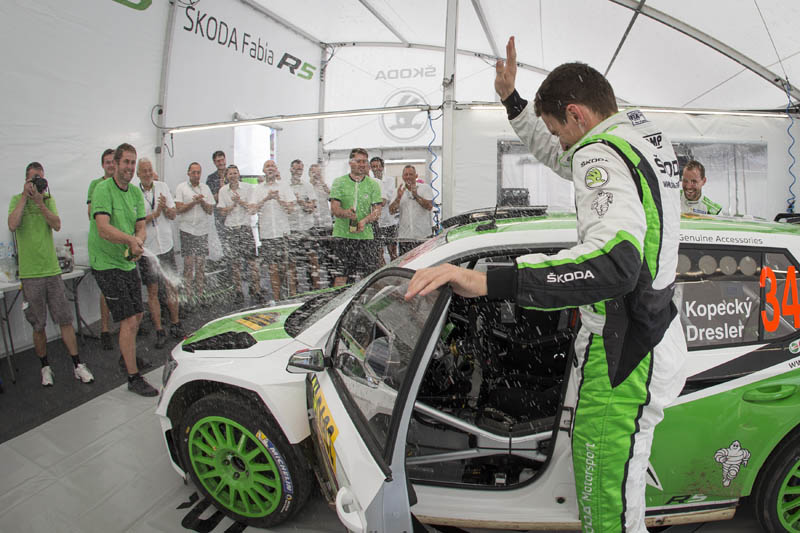Václav is appreciative of the fact that his era allowed for the possibility to train more, almost limitlessly, which is not common today. He observes numerous differences between motorsport then and now, starting with the aforementioned training time, continuing with race course length, driving characteristics of the cars, and the materials, which he defines as indestructible . “Today’s car is unbelievable to drive, absolutely incomparable. The difficulty of the course is not such a big issue anymore because the materials can withstand it. Considering what I just described, the driver can dare to do practically anything. The shock absorbers, the tires, everything is different…”
If he could choose what to borrow from today’s race cars for the car he had had back then, Václav, says he would definitely pick the chassis: “The car nowadays goes through a jump and you can see it hasn’t moved a bit, it just sticks to the ground. Back then, we had to fight to even stay on the road after a jump.” Václav is fascinated, too, by modern race cars’ diagnostics. He also likes the fact that potentially troublesome components can be replaced on a timely basis, even if only for preventive reasons.

























































